The Chimborazo Volcano (6,268 m) is the highest mountain in Ecuador and is a well-known climb among mountaineers. This is one of the highest mountains with non-technical routes - making it perfect for less seasoned climbers.
While everyone knows that Everest is the highest mountain on the planet, Chimborazo is actually an additional mile away from the center of the Earth. This is because the planet bulges around the middle where the volcano lies.
So if you’re looking to climb to the highest point on Earth, you’ve come to the right place! Here is a complete overview of the Chimborazo climb.
Climbing Chimborazo - Top 10 Most Frequently Asked Questions
When Is The Best Time To Climb Chimborazo?
While you can climb Chimborazo in Ecuador at any time during the year, the best time to climb is during the November - February period and from June to July. These months offer the clearest weather.
We don’t recommend climbing Chimborazo between March and May because there is much more snow and rain during these months. Thus, it is much more dangerous to hike during this period. The weather conditions in September and October are generally quite clear but it can be very unpredictable.
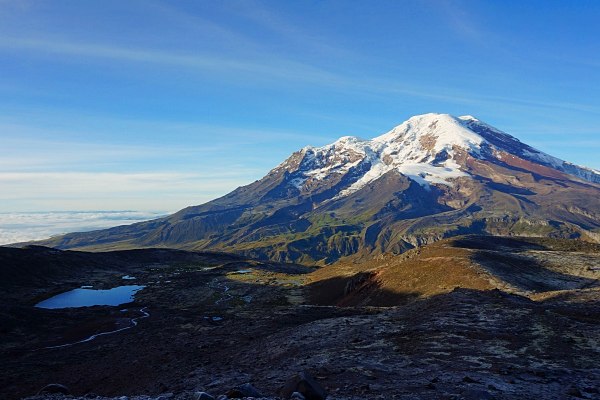
How Long Is The Chimborazo Climb?
The duration of the ascent up Chimborazo depends on the route you decide to take. Many of the routes start at the two huts that sit close to 5000 meters on the mountain so it takes between 9 and 12 hours to get to the summit and back again.
There are two longer routes, one of which takes about a day and a half , while the other takes two to three days. These are for more experienced climbers and mountaineers as they are more difficult and require more skill.
How Difficult Is It To Climb Chimborazo?
The Chimborazo climb is not technically difficult but does require some mountaineering experience and a good level of fitness. The high altitude is what makes this climb quite tough as altitude sickness is a big risk.
Make sure you acclimatize properly beforehand and take note of the symptoms to ensure that you don’t put your life at risk.
You need to have a good level of fitness to be able to climb Chimborazo as you’ll be on your feet for about 10 hours straight. The terrain is also very rugged and uneven so it requires a lot of leg strength.
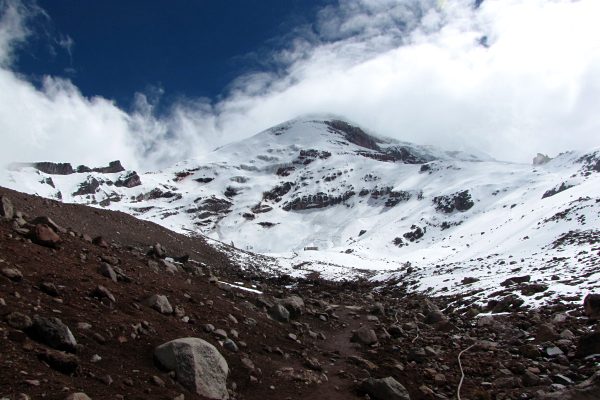
Photo by Man Bartlett
What Are The Different Routes?
There are several different routes to the Chimborazo summit but most people follow the easier routes that start at the refuge huts. There are two huts: Carrel Hut (4850 m) and Whymper Hut (5000 m).
- Mid-level
- difficult
The most popular routes are the Original Route, and the North Side via Las Murallas Rojas or El Castillo. El Castillo is the most used route. All of these are grade 2 routes on the UIAA scale. This means that they are more difficult than your average hike and require some basic mountaineering skills.
Although you don’t need to be an experienced mountaineer, make sure you get some training and know how to use crampons and other climbing equipment.
You will get dropped off at one of the huts and embark on the ascent of the Chimborazo summit just before midnight. This is so that you will be able to get back to the huts by about 10 am.
As the sun rises, the snow melts and increases the risk of an avalanche or rock falls. Therefore, it is much safer to make the ascent at night and be back before the sun gets too hot.
How Much Does It Cost To Climb Chimborazo?
The cost of the Chimborazo climb depends on the type and length of the tour package you pay for. If you’re paying for the Chimborazo climb by itself, it should cost you between $250-$450.
Many tour operators include several mountain climbs in their packages in order to prepare you for the high altitude and help you to acclimatize before taking on Chimborazo. These can cost between $3000 and $5000.
Accommodation at the huts on Chimborazo costs about $15 a night or $30 including meals. Taxis or buses from the city to the huts may cost up to $35.
What gear do I need?
Equipment
- Crampons
You will need mountaineering crampons for the Chimborazo climb. Some tour operators will provide you with specialized equipment, including crampons. But if you want to bring your own, make sure to get steel 12-point ones. The Black Diamond Serac Strap Crampons are excellent for high altitude expeditions. - Ice Axe
An ice axe is important to have on this climb, especially if you're tackling the more difficult routes. - Harness, locking carabiners, and non-locking carabiners
Your harness must fit over all of your clothing and be able to separate at the legs. The Black Diamond Momentum Harness is a top harness choice. - Trekking poles
Trekking poles, especially collapsible ones with snow baskets, will help you navigate through the rugged terrain of Chimborazo. We recommend the Cascade Mountain Tech Trekking poles. - Helmet
You'll need a lightweight climbing helmet, which should fit nicely over your hat or balaclava. Make sure you can also fasten your headlamp to your helmet. The No products found. is a good option.
Essentials
- Daypack
Your daypack should have around a 55 liter capacity and have attachments to hold your ice axe and crampons. - Mountaineering boots and hiking boots
You will need a good pair of mountaineering boots for this climb to protect your feet when walking on the snow, ice and rocks. A waterproof pair of hiking boots are also necessary. - Sleeping Bag
It is important to have good quality 4-season sleeping bag so that you don’t freeze in the cold mountain temperatures. We recommend the Outdoor Vitals Summit 0 Degree Sleeping Bag. - Sleeping Pad
A lightweight sleeping pad is very useful to have, especially if you're going on a multi-day tour where you will be camping.
Clothing
- Down jacket
- Hard shell rain jacket
- Fleece top
- Base layer top
- Trekking shirts
- Base layer bottoms
- Lightweight hiking pants
- Hard shell trousers
- Beanie and sun hat
- Buff or balaclava
- Gloves
- Trekking socks (avoid cotton!)
- Synthetic underwear
Accessories and other essential items
- Gaiters (full-size)
- Headlamp
- Water bottle and water bottle parkas (hydration bladders are not suitable for this trek because they freeze).
- Camera
- First Aid Kit
- Sunglasses / Glacier glasses
- Ear plugs
- Sunblock
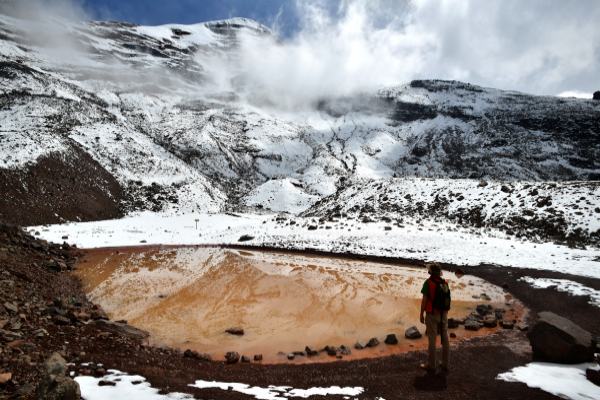
Photo by Panegyrics of Granovetter
How Do I Prepare For The Chimborazo Climb?
The main thing you need to do in order to prepare for the Chimborazo climb is take the time to acclimatize. Altitude sickness is the main cause of people having to turn back and descend before reaching the summit.
So if you want to successfully summit the famous volcano, take at least two weeks before your climb to acclimatize to high altitude.
Luckily, Ecuador is full of mountains, volcanoes and other high altitude areas for you to conquer before attempting Chimborazo. You could start with the Quilotoa Loop, Rucu Pichincha and Cotopaxi to help your body adapt to the high altitude and lower oxygen levels in the air.
You also need to have a good level of fitness and health to be able to successfully climb Chimborazo. Your legs and core need to be very strong in order to handle the steep slopes and rugged terrain of the volcano.
Is Climbing Chimborazo Dangerous?
Like any other high altitude mountain, there are certain risks when climbing Chimborazo. Altitude sickness can be very dangerous if symptoms are ignored so make sure to monitor your well-being on the ascent and turn around if you start to experience any of the symptoms.
Avalanches, as well as ice and rock falls, also occur on the volcano and are very dangerous. The summit of Chimborazo is done at night to reduce the chance of being caught in an avalanche.
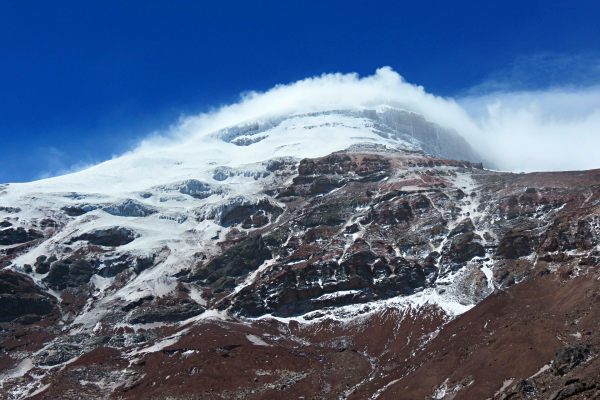
Do I Need A Guide?
Yes. In order to climb Chimborazo you will need to be accompanied by a certified guide. There have been a lot of fatalities on the mountain that could have been avoided. Therefore, in 2012, the government in Ecuador prohibited climbing without a guide.
Make sure you book with a guide who has the proper certifications. These include international certifications (IFMGA/UIAGM) or Ecuador’s certification (ASEGUIM).
There is a limit of 2 people per guide for safety purposes.
Do I Need Travel Insurance?
Yes, you should get travel insurance if you are planning on climbing Chimborazo. Make sure you get a plan that covers any medical emergencies and repatriation. You should also ensure that the policy covers mountaineering and high altitude trekking up to 6000 meters.
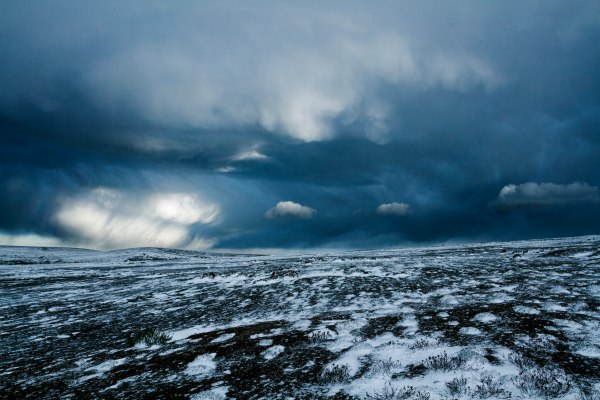
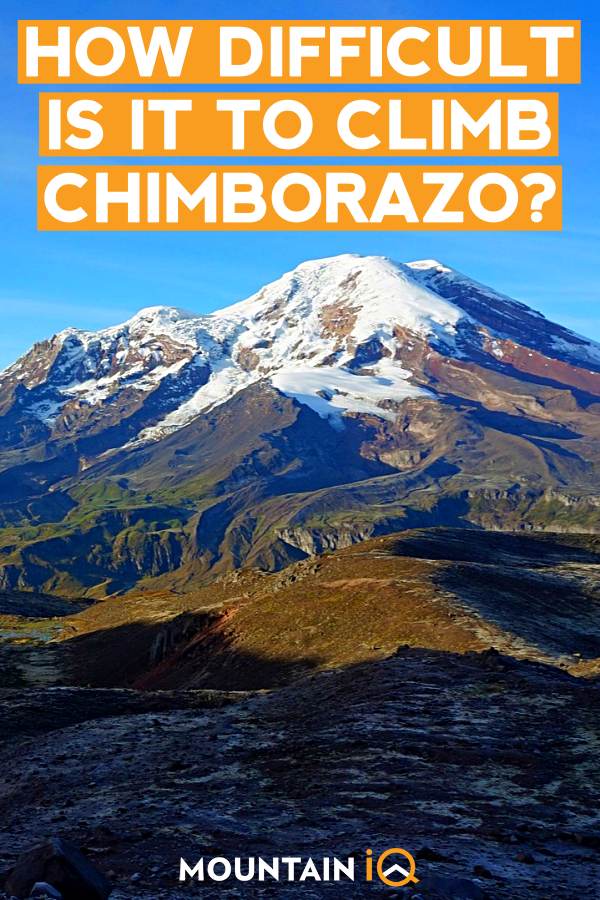

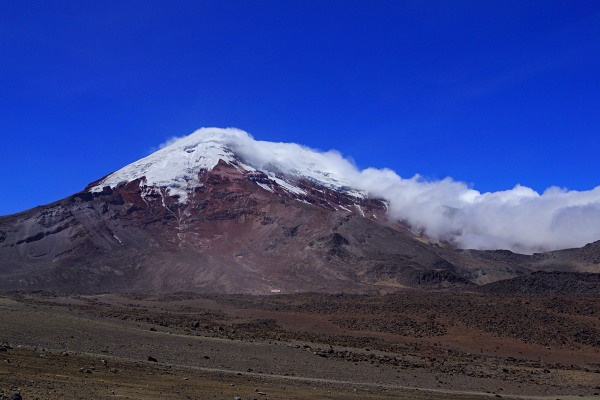
My husband and I climbed this mountain with a guide, I think his name was Pablo, in 1989. Pablo was a guide who worked for a mountaineering store in Quito run by a fellow named Hector. Does this ring any bells for anyone? I'd like to get in touch with either of this two people. Thanks.
I climbed Chimborazo in 1977 alone. I was 19yrs old. I had hired crampons, gaiters, ice pick and goggles from the Andinista Club at a nearby village. I made it to the summit and have a photo of me there.
I stayed in a stone refugio which was not very comfortable (dirt floor). I was planning to leave around 2am but because of the rats I decided to leave earlier, possibly around 11pm.
An Andinista (where I hired the gear) had told me to go straight up from the refugio until I came to a rocky cliff section. From there I had to traverse to the right and then continue straight up. He warned me not to traverse to the left as there was a cliff there not easily seen in the dark.
Just after the sun came up there were strong winds wrapping around the mountain causing temperatures to plummet (windchill). I dug a bit of a cave in the snow and waited.
On the way down I fell down a hidden crevasse. Luckily it was only about four metres deep so I could climb my way out.
My toes went numb many times but I always stopped to get the blood circulating. However, the last time I could not get the feeling back in the toes on my right foot. I was near the snowline so thought circulation would return once I was below the snowline. But I got frostbite. At the hospital in Riobamba they were planning to amputate my toes, but I dissuaded them and after 10 days in hospital I was able to leave. The doctors and staff were amazing and I am eternally grateful to them.
I am suggesting that I am the youngest person ever to climb Chimborazo to the summit alone.
Geoff Holland
email: [email protected]
Epic story, Geoff. Glad you survived to tell the tale.